The low glycemic index diet is based on the concept of glycemic index (GI), a food classification system based on their ability to raise blood sugar more or less quickly.
Several studies have shown that following a low glycemic index diet can have positive health effects such as weight loss, blood sugar reduction, lower risk of cardiovascular disease and type 2 diabetes.
As we will see, GI is a value that provides us with useful but not complete information on the characteristics of a food, and it is therefore important to understand how to use this information within a healthy and balanced diet.
In this article we will analyze the concepts that underlie low glycemic index diet, its advantages and disadvantages and how to follow it.
Glycemic index: what is it?
The Glycemic Index (GI) is a value, introduced in the 80s by Professor David Jenkins, which measures the glycemic response of a given food containing 50 g of carbohydrates. This value represents the speed with which the carbohydrates of a food are absorbed and enter the bloodstream, where they will increase blood sugar, that is the concentration of sugars (more precisely, glucose) in the blood.
Carbohydrates are macronutrients present in different food groups: cereals and derivatives, fruits, vegetables, milk and derivatives are the groups that contain more of them. When we eat carbohydrates, these will be processed by the digestive system to be broken down into simple sugars that can enter the bloodstream .
Not all carbohydrates however have the same effect, because the speed with which they are digested and made assimilable (precisely their GI) determines the effect they will have on our blood sugar.
A high GI food therefore (such as potatoes or corn flakes) will lead to a rapid rise in the level of glucose in the blood, producing a glycemic peak that the body will have to manage releasing insulin. A low GI food instead (such as apple or lentils), will lead to a slower and gradual rise in blood sugar.
The various foods have been classified on a scale of 0 to 100 (100 is the value of pure glucose used as a reference) according to their GI. There are several classifications but the most widely accepted ones divide the foods in three groups:
Low GI: < 55 Megium GI: 55 - 70 High GI: > 70
What is the Insulin?
Insulin is a peptide hormone produced by the pancreas that has direct or indirect action on different metabolic processes:
- Regulation of blood glucose levels (hypoglycemic function);
- Protein synthesis (anabolic function);
- Lipogenesis (synthesis of fatty acids);
- Cell proliferation.
When insulin does not perform its function properly, blood glucose levels remain high, causing serious health problems. This can happen for various causes, one of which is insulin resistance, or low insulin sensitivity, a condition that occurs when insulin-dependent tissue cells (muscle and adipose tissue) do not respond effectively to the insulin message, thus preventing the passage of glucose from the blood to these tissues.
Per compensare, il pancreas produrrà una quantità ancora maggiore di insulina, portando eventualmente ad iperinsulinemia, cioè alti livelli di concentrazione di insulina nel sangue, che può provocare obesità e facilitare la comparsa del diabete mellito di tipo II.
Not only quality, quantity is also important.
The glycemic index then tells us how quickly carbohydrates (or sugars, or carboacids: they are all used as synonyms) will be absorbed by our intestines, but it does not tell us anything about the amount of carbohydrates present in the food. To fill this deficiency was introduced another numerical index, the glycemic load (GL, glycemic load), which tells us the effect that a certain portion of food or a meal will have on our blood sugar, in relation to the amount of carbohydrates that make up the meal and their rate of absorption (GI). To calculate the glycemic load of a food it is sufficient to multiply the amount of available carbohydrates present in the food, by its glycemic index and divide the whole by 100. We will thus have the following distinction:
- Low GL: < 10
- Medium GL: 10 - 20
- High GL: > 20
Used together, these two values can be very useful to predict the effect of a meal on our blood sugar levels. However, remember that the GI ( and consequently also the GL) is an approximate numerical index, which can change depending on different factors:
- Composition of foods (starch, protein, fat, fibre);
- Amylose/amylopectin ratio;
- Type of thermal, physical and chemical treatment suffered by the food: industrial processing, grinding (size of starch particles), cooking times and modes.
- The degree of ripeness and ageing of the food (e.g. fruit or vegetables);
- Composition of the complete meal in which the individual foods are inserted.
In-depth: all the factors that can change the GI of a food.
The low glycemic index diet: advantages and disadvantages.
The glycemic index is a food classification criterion that has attracted the attention of many people in recent years. There are many studies in the literature that have tried to establish what is the effectiveness of a diet based on this concept. Low glycemic index diet can have important benefits:
- Body weight loss/maintenance: in several studies good results have been obtained in terms of weight loss in groups of adults and overweight adolescents, in a period ranging from 5 to 10 weeks (1),(2). The European Diogenes study has shown that a diet with a low glycemic index and moderately high protein content is useful in maintaining weight following a low-calorie diet (3). Further studies are needed to understand long-term effectiveness on weight loss and maintenance;
- Risk reduction of cardiovascular disease: in a systematic review of 37 cohort studies it was found that low GI and low GL diets are associated with a lower risk of developing various chronic diseases, such as diabetes and cardiovascular disease (4). Another 2017 study, in a review of 21 randomized studies, concluded that there is no strong evidence on the benefits of low glycemic index diet on cardiovascular events (5). Further research is therefore needed;
- improvement of cholesterol levels: a 2013 meta-analysis showed that a low GI diet reduces total cholesterol and LDL cholesterol, leaving unchanged the values of triglycerides and HDL cholesterol, compared to a high GI diet and regardless of body weight (6),(1);
- Diabetes management: Several studies have shown that low GI diet is effective in reducing blood glucose levels and improving medium to long-term glycemic control of patients with type 1 and 2 diabetes (7),(8). The leading diabetes organizations worldwide ("American Diabetes Association", "Canadian Diabetes Association" and "Diabetes UK" for example) advise patients with type 1 or type 2 diabetes mellitus to manage their diet based on carbohydrate load and food glycemic index. (9) ,(10);
- management of gestational diabetes: the International Federation of Gynecology and Obstetrics recommends the use of low GI foods because the low GI diet is associated with a lower use of insulin by the patient and a lower weight at birth than patients who do not follow a diet at low GI (11),(12).
Following a low glycemic index diet can therefore bring several benefits, although further research is needed to establish the effectiveness of this diet in the long term. But what are the disadvantages?
The main disadvantage in basing one’s diet on the glycemic index of foods is that this value does not provide us with enough information about the quality and properties of that food. We do not know, based on the GI, what is the content of proteins, fats and fibers, or what is the content of vitamins and minerals.
In addition, the GI refers to the effect of a single food on blood sugar, and does not allow us to predict the effect of the entire meal, which is usually composed of a variety of foods.
Conclusions
The information that gives us the glycemic index is however very useful to orient yourself in the choice of carbohydrates of good quality, since low GI foods are usually rich in fiber and low in simple sugars.
Evaluating the GI of foods can be very useful when you want to have a snack, the function of which should be to not get too hungry at the main meals, and therefore to maintain a stable blood sugar as possible, easily accessible target if you pay attention to the GI of our food.
In conclusion, the glycemic index and the glycemic load are very useful tools to organize our meals and orient ourselves on healthy food choices.
It is essential not to base your diet only on the GI and always choose wholemeal and unrefined foods, never missing vegetables and fruits, and making a good consumption of fish and a moderate consumption of good quality meat.
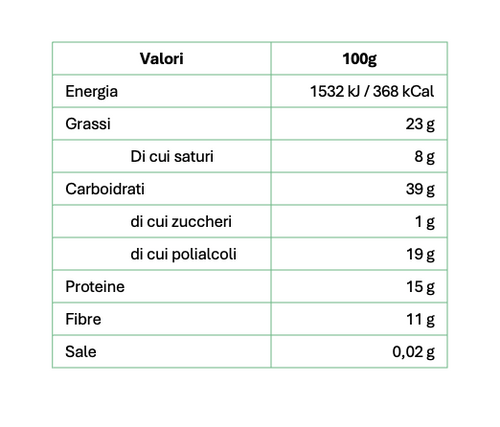
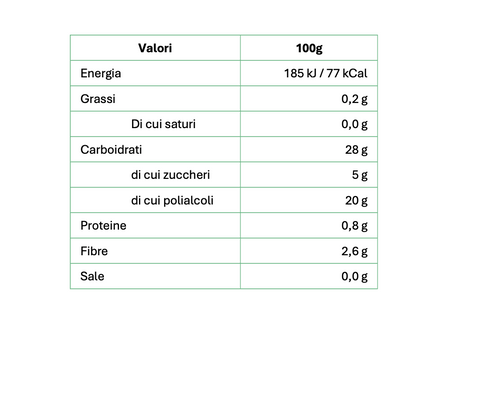
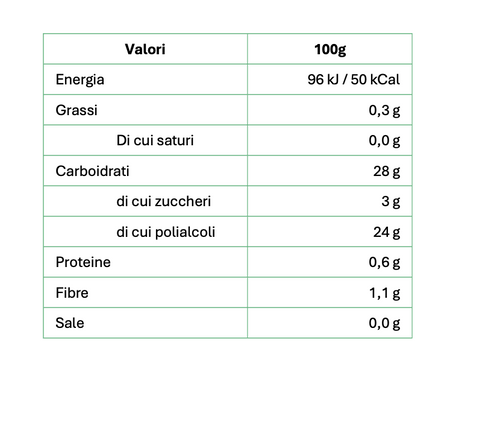
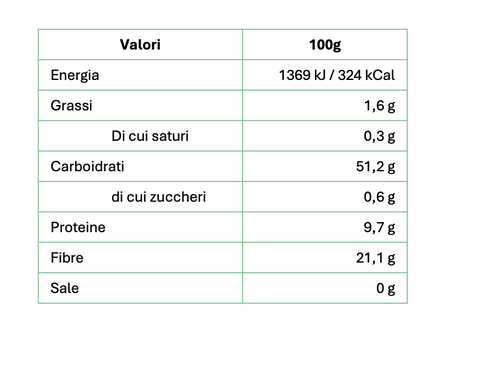
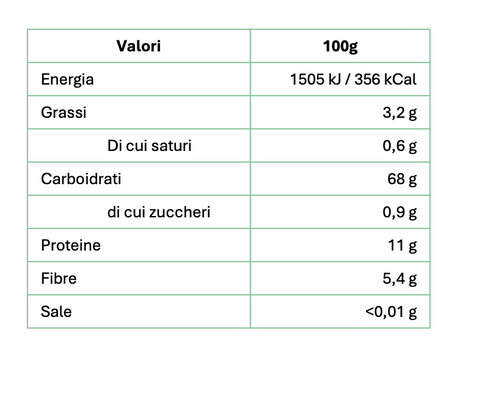
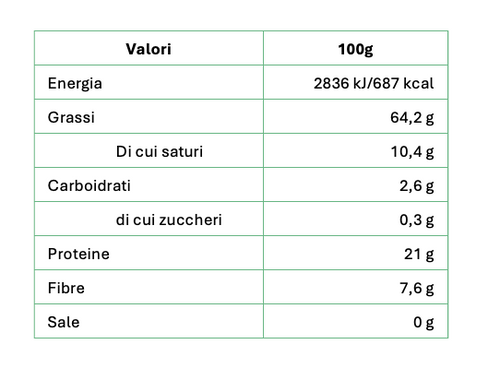
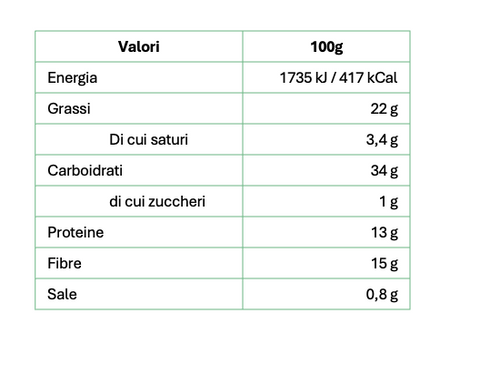
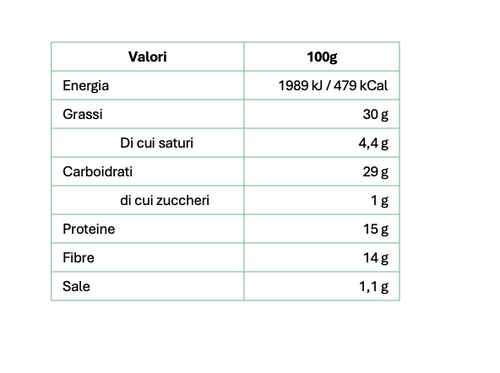

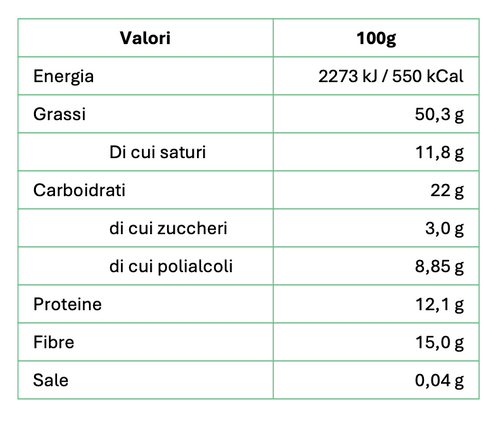
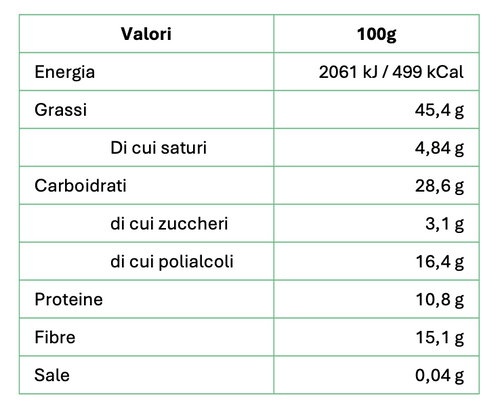
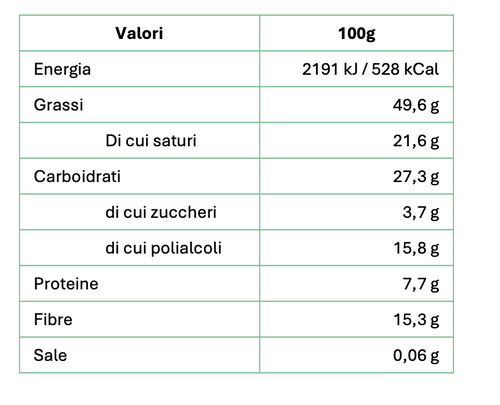
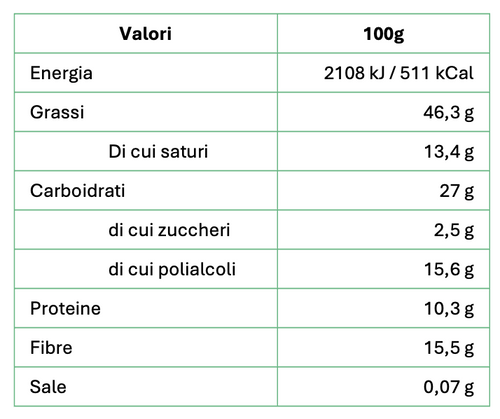
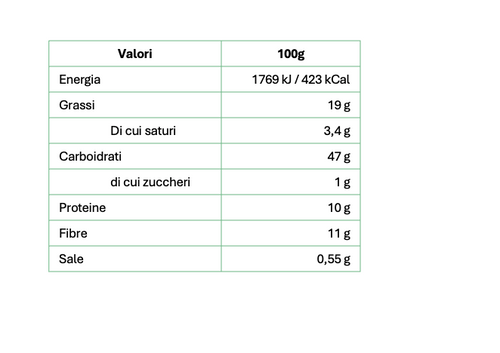



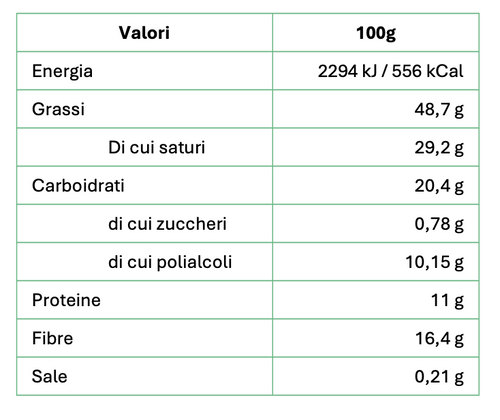
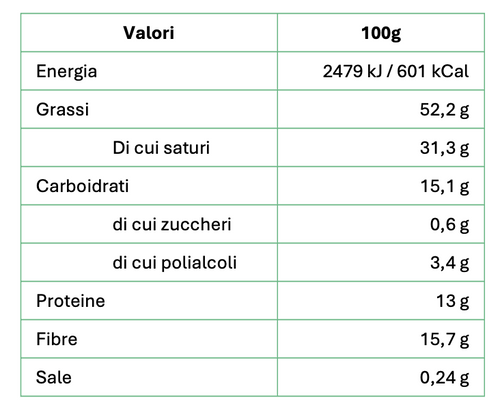

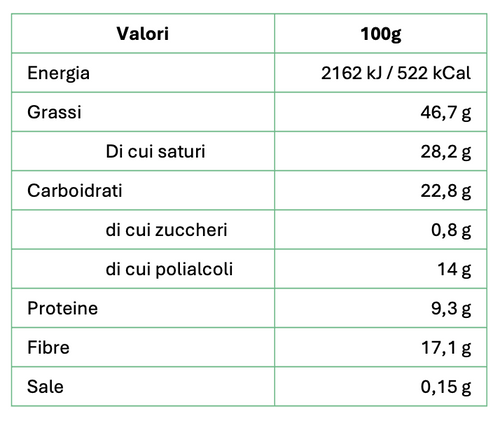
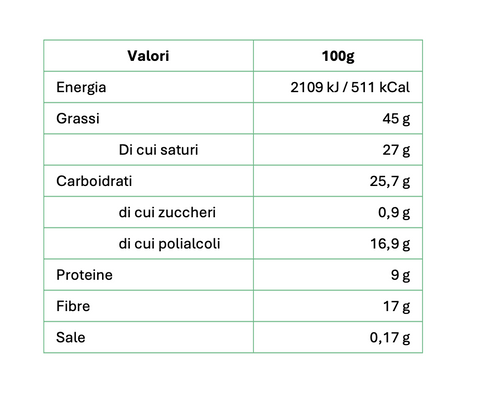
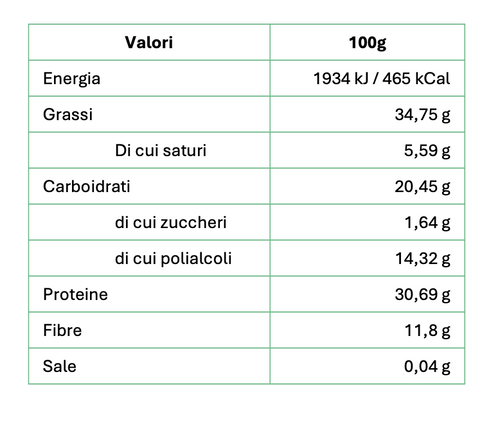
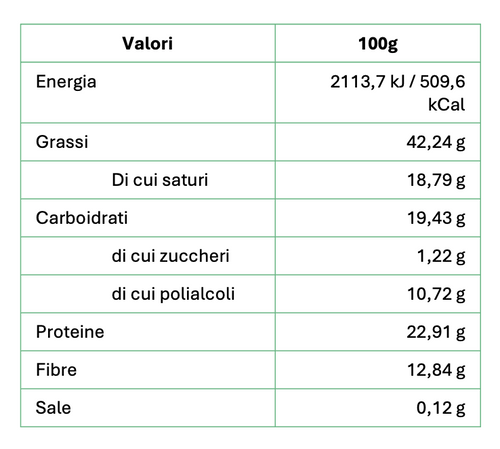


Share and get 15% off!
Simply share this product on one of the following social networks and you will unlock 15% off!